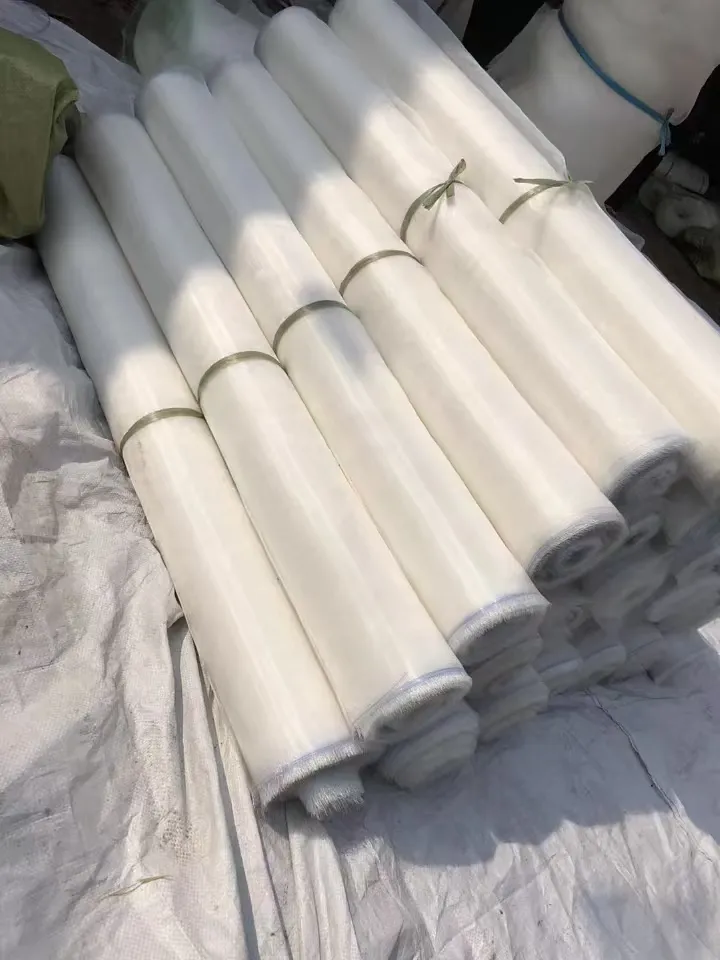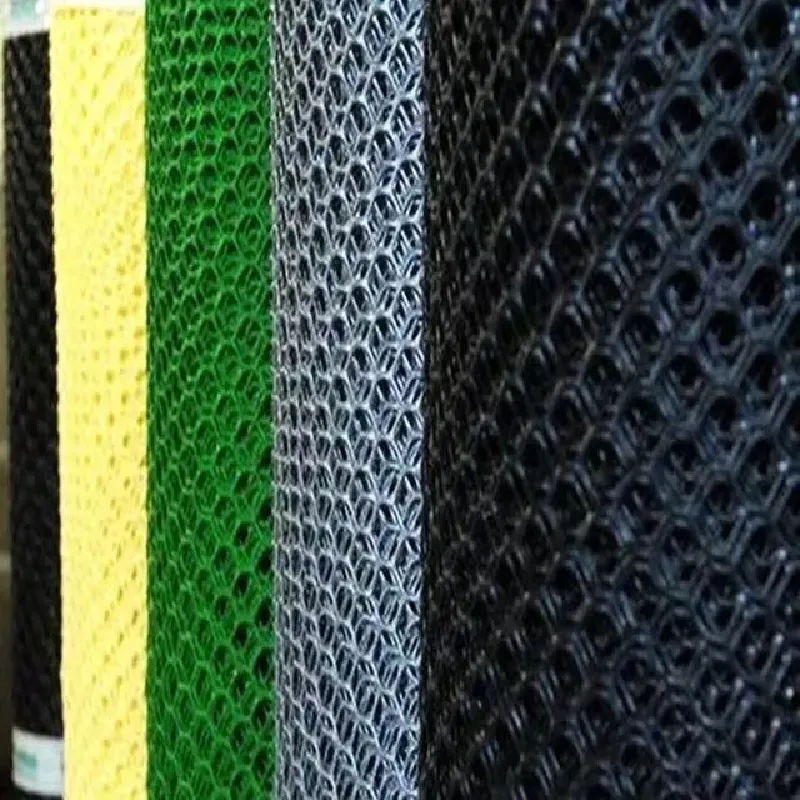-
 Afrikaans
Afrikaans -
 Albanian
Albanian -
 Amharic
Amharic -
 Arabic
Arabic -
 Armenian
Armenian -
 Azerbaijani
Azerbaijani -
 Basque
Basque -
 Belarusian
Belarusian -
 Bengali
Bengali -
 Bosnian
Bosnian -
 Bulgarian
Bulgarian -
 Catalan
Catalan -
 Cebuano
Cebuano -
 China
China -
 Corsican
Corsican -
 Croatian
Croatian -
 Czech
Czech -
 Danish
Danish -
 Dutch
Dutch -
 English
English -
 Esperanto
Esperanto -
 Estonian
Estonian -
 Finnish
Finnish -
 French
French -
 Frisian
Frisian -
 Galician
Galician -
 Georgian
Georgian -
 German
German -
 Greek
Greek -
 Gujarati
Gujarati -
 Haitian Creole
Haitian Creole -
 hausa
hausa -
 hawaiian
hawaiian -
 Hebrew
Hebrew -
 Hindi
Hindi -
 Miao
Miao -
 Hungarian
Hungarian -
 Icelandic
Icelandic -
 igbo
igbo -
 Indonesian
Indonesian -
 irish
irish -
 Italian
Italian -
 Japanese
Japanese -
 Javanese
Javanese -
 Kannada
Kannada -
 kazakh
kazakh -
 Khmer
Khmer -
 Rwandese
Rwandese -
 Korean
Korean -
 Kurdish
Kurdish -
 Kyrgyz
Kyrgyz -
 Lao
Lao -
 Latin
Latin -
 Latvian
Latvian -
 Lithuanian
Lithuanian -
 Luxembourgish
Luxembourgish -
 Macedonian
Macedonian -
 Malgashi
Malgashi -
 Malay
Malay -
 Malayalam
Malayalam -
 Maltese
Maltese -
 Maori
Maori -
 Marathi
Marathi -
 Mongolian
Mongolian -
 Myanmar
Myanmar -
 Nepali
Nepali -
 Norwegian
Norwegian -
 Norwegian
Norwegian -
 Occitan
Occitan -
 Pashto
Pashto -
 Persian
Persian -
 Polish
Polish -
 Portuguese
Portuguese -
 Punjabi
Punjabi -
 Romanian
Romanian -
 Russian
Russian -
 Samoan
Samoan -
 Scottish Gaelic
Scottish Gaelic -
 Serbian
Serbian -
 Sesotho
Sesotho -
 Shona
Shona -
 Sindhi
Sindhi -
 Sinhala
Sinhala -
 Slovak
Slovak -
 Slovenian
Slovenian -
 Somali
Somali -
 Spanish
Spanish -
 Sundanese
Sundanese -
 Swahili
Swahili -
 Swedish
Swedish -
 Tagalog
Tagalog -
 Tajik
Tajik -
 Tamil
Tamil -
 Tatar
Tatar -
 Telugu
Telugu -
 Thai
Thai -
 Turkish
Turkish -
 Turkmen
Turkmen -
 Ukrainian
Ukrainian -
 Urdu
Urdu -
 Uighur
Uighur -
 Uzbek
Uzbek -
 Vietnamese
Vietnamese -
 Welsh
Welsh -
 Bantu
Bantu -
 Yiddish
Yiddish -
 Yoruba
Yoruba -
 Zulu
Zulu
Stainless Steel Metal Mesh Durable, Corrosion-Resistant Solutions
- Overview of Stainless Steel Metal Mesh
- Technical Advantages and Performance Metrics
- Comparative Analysis of Leading Manufacturers
- Customization Options for Specific Needs
- Industry Applications and Case Studies
- Installation and Maintenance Best Practices
- Future Trends in Metal Mesh Stainless Steel

(metal mesh stainless steel)
Understanding the Versatility of Metal Mesh Stainless Steel
Stainless steel metal mesh has become a cornerstone material across industries due to its durability, corrosion resistance, and structural adaptability. With tensile strengths ranging from 500 to 2,000 MPa, these meshes withstand extreme temperatures (-200°C to 1,100°C), making them ideal for aerospace, chemical processing, and architectural applications. Recent market data shows a 12.7% CAGR growth in demand since 2020, driven by increased infrastructure spending and renewable energy projects.
Technical Superiority in Industrial Applications
Advanced manufacturing techniques enable stainless steel expanded metal mesh to achieve precision tolerances of ±0.05mm. Key performance advantages include:
- Flow Efficiency: 40-60% open area ratio for optimal fluid dynamics
- Weight Reduction: 25% lighter than solid steel alternatives
- Surface Treatments: Electro-polishing improves corrosion resistance by 300%
Manufacturer Performance Comparison
| Manufacturer | Mesh Tolerance | Lead Time | Price (per m²) |
|---|---|---|---|
| Company A | ±0.02mm | 15 days | $85 |
| Company B | ±0.05mm | 10 days | $72 |
| Company C | ±0.10mm | 7 days | $63 |
Tailored Solutions for Complex Requirements
Specialized manufacturers now offer 15+ customizable parameters:
- Wire diameters from 0.1mm to 8.0mm
- Non-standard aperture geometries (hexagonal, trapezoidal)
- Hybrid weaves combining 304 and 316L grades
Real-World Implementation Success Stories
A recent offshore oil platform project utilized 1,200m² of stainless steel expanded metal mesh with 0.3mm wire diameter, achieving:
- 73% reduction in maintenance costs
- 15-year lifespan guarantee
- 98.6% salt spray resistance
Optimizing Product Lifespan
Proper installation increases service life by 40%. Critical maintenance protocols include:
- Bi-annual pH-neutral cleaning cycles
- Electrochemical passivation every 3-5 years
- Vibration tolerance testing for high-stress environments
Innovations in Metal Mesh Stainless Steel Technology
Emerging developments include laser-welded nano-meshes (0.01mm strand thickness) and smart mesh systems with embedded corrosion sensors. These advancements position stainless steel metal mesh as critical components in next-generation desalination plants and hydrogen fuel infrastructure projects, with projected market value reaching $9.8 billion by 2028.

(metal mesh stainless steel)
FAQS on metal mesh stainless steel
Q: What are the common applications of stainless steel metal mesh?
A: Stainless steel metal mesh is widely used in architectural design, industrial filtration, and safety barriers due to its durability and corrosion resistance. It’s also popular in decorative applications like partitions or façades. Its strength makes it suitable for heavy-duty environments.
Q: Why choose stainless steel expanded metal mesh over other materials?
A: Stainless steel expanded metal mesh offers superior strength-to-weight ratio, ventilation, and visibility, making it ideal for walkways, machinery guards, and screens. Its corrosion-resistant properties ensure longevity in harsh conditions. Additionally, it’s cost-effective for large-scale projects.
Q: How does stainless steel metal mesh resist corrosion?
A: Stainless steel contains chromium, which forms a passive oxide layer to protect against rust and chemical damage. This makes it ideal for outdoor, marine, or high-moisture environments. Regular cleaning further enhances its corrosion resistance.
Q: Can stainless steel expanded metal mesh be customized for specific projects?
A: Yes, it can be tailored in strand thickness, hole size, and sheet dimensions to meet structural or aesthetic needs. Custom shapes and finishes (e.g., polished or coated) are also available. This adaptability suits industries from construction to automotive.
Q: What maintenance is required for stainless steel metal mesh?
A: Minimal maintenance is needed—occasional cleaning with mild soap and water removes debris. Avoid abrasive chemicals to preserve the protective oxide layer. Inspect periodically for physical damage in high-stress applications.
-
Why Construction Steel Mesh is the Backbone of Modern InfrastructureNewsJun.27,2025
-
The Ultimate Solution for Versatile Industrial and Consumer ApplicationsNewsJun.27,2025
-
Smart Breeding Starts Here: The Ideal Breeder Net for GuppiesNewsJun.27,2025
-
Maximize Your Harvest with Smart NetNewsJun.27,2025
-
High-Performance Steel Mesh Solutions for Modern IndustryNewsJun.27,2025
-
Durable Solutions for Modern Agriculture and LandscapingNewsJun.27,2025











